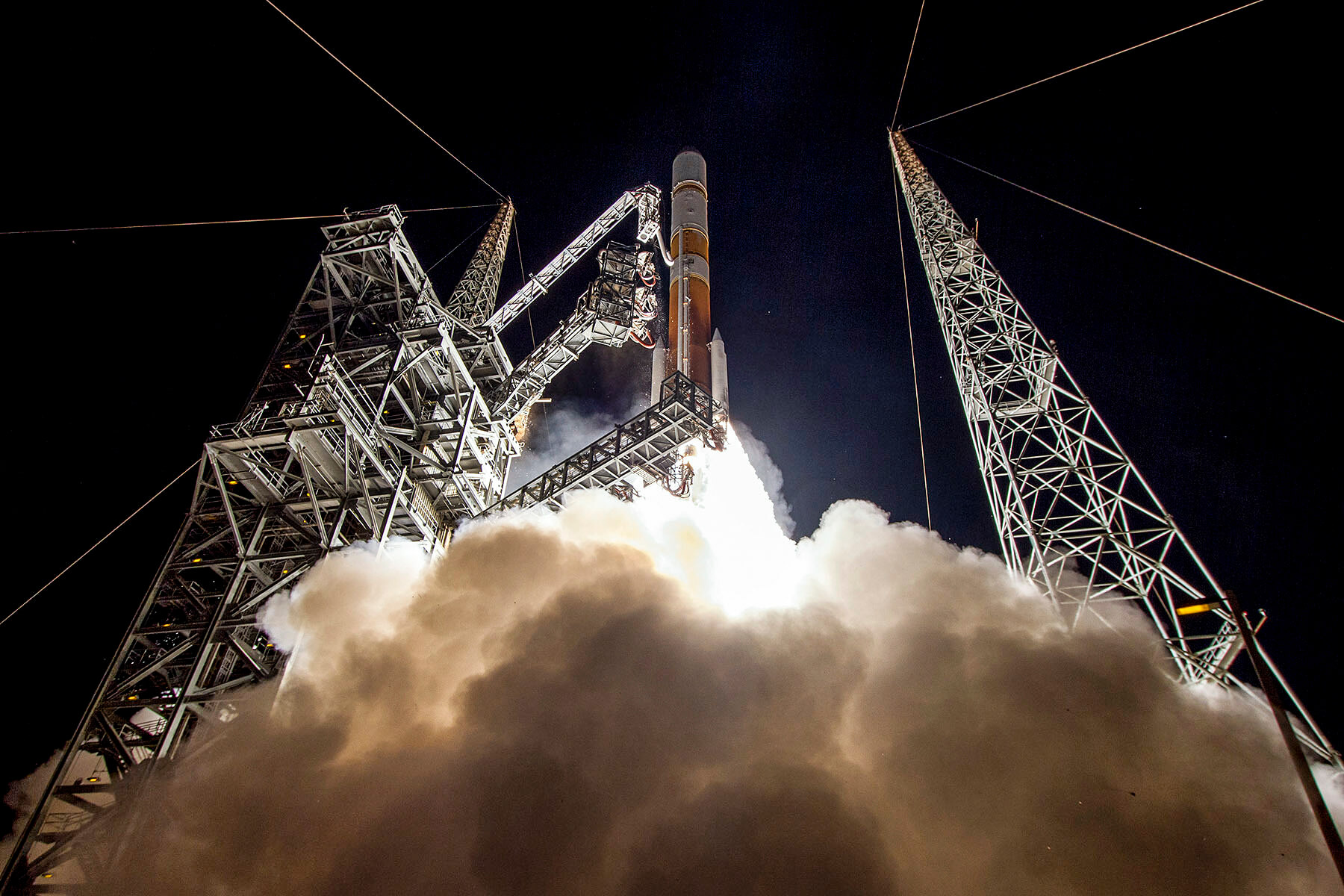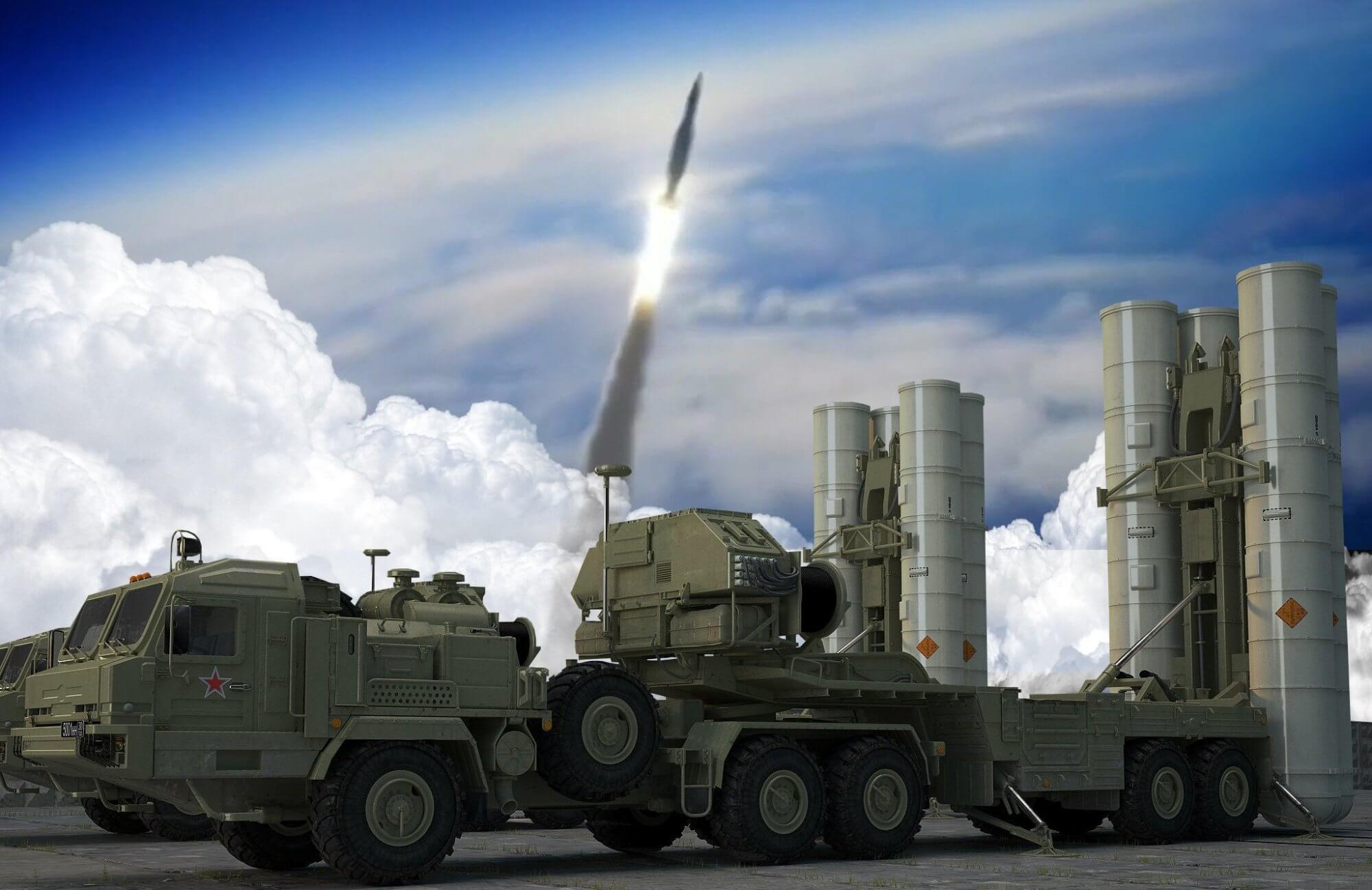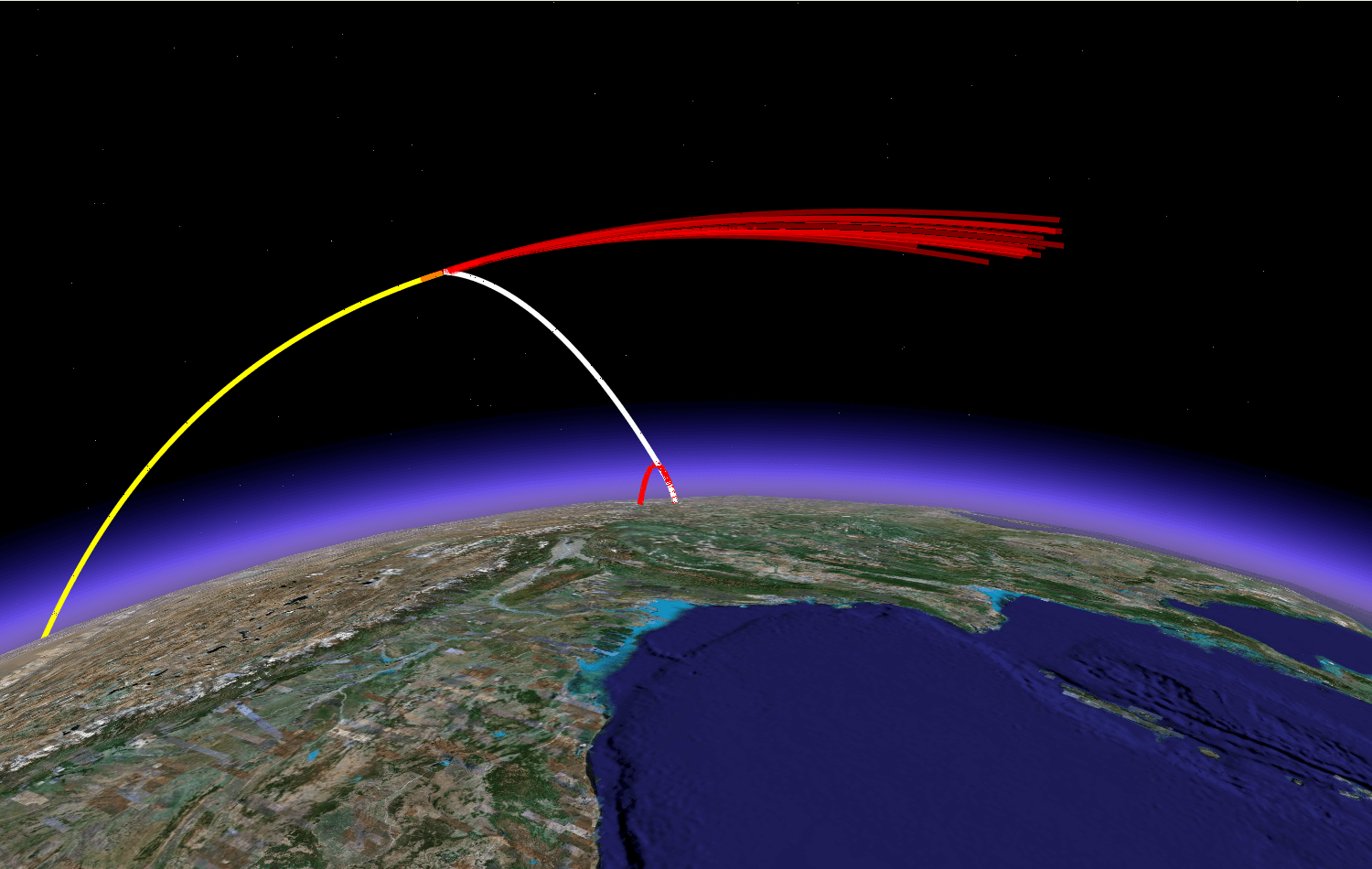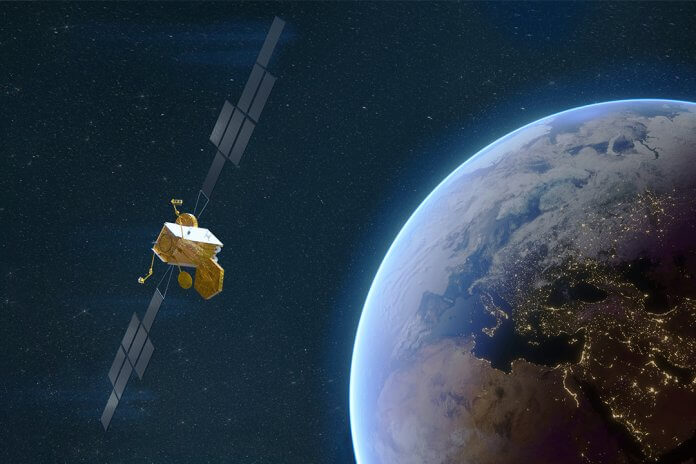Published in the December 2020/January 2021 issue – As space operations are increasingly under threat, the United Kingdom is joining the United Space in establishing its own Space Command.
“Space is a global and integrating domain, accommodating the systems that we use for communication, intelligence, surveillance and reconnaissance and enabling defence to integrate and cooperate into the future,” stated General Sir Patrick Sanders, Commander of the United Kingdom’s Strategic Command, speaking on 17 November during the virtual Defence Space 2020 conference.
“Unless we take a long term strategic approach and invest accordingly, we shall find ourself at a fundamental and unrecoverable disadvantage,” he added. The Defence Space 2020 conference, organised on behalf of the United Kingdom’s Ministry of Defence (MoD) by the Air and Space Power Association was held virtually from 17-18 November from London.
Gen. Sanders said that space had become the cornerstone to economic and strategic security and that the development in defence of a “digital backbone is vital to delivering multi-domain integration but it is also fundamental to our broader modernisation agenda. And space plays an integral part in enabling the digital backbone,” he said.
This growing international dependence on space for economic and sovereign security is steadily but inevitably fuelling the next arms race. The United States, concerned about how the Russian and Chinese governments were investing in, and testing, military space systems recently reconstituted a modernised Space Command.

US Space Command
The latest US DoD Space Command (SPACECOM) was established on 29 August, 2019, having been originally formed in September 1985, then inactivated in 2002. It is responsible for military operations in space; basically anything over 62 miles (100km) above sea level.
Its declared mission is to conduct “operations in, from, and through space to deter conflict, and if necessary, defeat aggression, deliver space combat power for the Joint/Combined force, and defend US vital interests with allies and partners.”
‘Allies and partners’ is a key phrase that will be oft repeated by all sovereign nations looking to play a role in space. These allies are partners are not only other nation states, but will rely over the next decade on an increasing number of civilian commercial enterprises such as United Launch Alliance and Elon Musk’s Space Exploration Technologies (SpaceX), providing launch vehicles for satellites and personnel travelling into space.
In June the DoD issued its Defence Space Strategy which highlighted four specific areas of focus: building a comprehensive military advantage in space; integrating military space power into national, joint and combined operations; shaping the strategic environment; and cooperating with allies, partners, industry and other US government departments and agencies.
One of the key triggers for this spotlight on space is the general recognition of a number of significant and growing counter-space threats, principally arising from the activities of Russia and China. These are viewed in escalating severity from denial and deception, to electronic warfare and cyberspace attacks, then directed energy and kinetic energy weapons, to orbital satellite threats and even nuclear weapons.
Weaponising Space
During a US Department of State briefing on 24 July, 2020, Dr. Christopher Ashley Ford, assistant secretary, Bureau of International Security and Nonproliferation stated that “the problem here is also very fundamentally the full-bore, full-throttle development of very dangerous capabilities that both Russia and China have been doing. I mean, the militarisation of the space domain, the weaponisation of space, is unfortunately well-advanced, and we find ourselves in the position of trying to figure out what to do in response to that weaponisation.”
Dr. Ford evidenced back to 2017, where he stated that Russian officials were open admitting that they were developing satellite killing missiles. “Back in late 2017, there was an example in which Cosmos 2521 fired a projectile through space in ways that were very clearly a weapons test.” That had continued to the present day: “on 15 July, Cosmos 2543 also fired a projectile through space. So these are clearly on-orbit weapons tests of precisely the sort that Russia and China claim that it is the objective of their diplomacy to prevent, and yet – clearly the Russians are doing this already in orbit.”
“We also heard them earlier this year say publicly that their new S-500 air defence system can also be used as an anti-satellite weapon.” Further to this he stated that “President Putin has said that anti-satellite weapons …(are) acceptable in the political and military respect. And they are clearly developing anti-satellite systems …at a very fast pace.”

The S-500 Prometheus, developed by Almaz-Antey, has been described as a potential anti-satellite kinetic weapon. In a 25 June 2019 report published on the Russian Pravda website, Sergey Druzin, deputy chief designer of the Almaz-Antey stated that the S-500 system “would be able to shoot down targets even outside the atmosphere.” In 2020 Pravda further claimed that it would be supported by the newly developed Yenisei radar.
The Chinese too have tested their satellite killing capability. In January 2007, a Chinese FY-1C weather satellite at an altitude of 537 miles (865km) was destroyed in a head-on engagement by what is described as a kinetic kill vehicle. This created over 3,000 items of space debris greater than four inches (>10cms) in low earth orbit which is still a danger to all using that sector of space.

Air Chief Marshal Sir Mike Wigston, Chief of Air Staff, during his opening speech at the Defence Space 2020 conference, also drew attention to the weaponisation of space: “We’ve seen directed energy weapons that have the ability to deny sensors; causing temporary or permanent damage to satellites that may be supporting a wide range of tasks from earth observation to weather to disaster relief operations.”
He added that there were also “several examples of direct ascent anti-satellite testing; firing a rocket from earth to orbit, with the aim of destroying satellites as previously mentioned.
The UK’s response has been to increase its own space domain awareness, both in terms of sovereign capability and with partner nations. The Royal Air Force, in collaboration with the UK Space Agency working with key industry partners, has led to the development of the Aurora information system, a cloud-based mission control software suite designed to control a single satellite or a complete constellation through a user-friendly customisable interface.
The UK government’s Integrated Review has not fully developed a multi-year spending plan. However, according to Gen. Sanders the Integrated Operating Concept is the most important document to have emerged from the Defence’s concepts and doctrine centre and total force structure is being moulded around it. Gen. Sanders stated that key areas within this are the following :
- Adversaries have broadened the concept of warfare, particularly into the domains of space and cyber despite our efforts to establish norms of behaviour.
- Constant competition is the new reality. In space this means that key national capabilities are at risk.
- Information and data are the oil of the digital age and we are critically dependent on space to remain competitive.
- The key imperative to pursue integration – a national enterprise of government, commercial and defence combined. This includes integration with allies and partners and across all domains: air, land, sea, space and cyberspace.
The establishment of the UK’s Strategic Command (UKStratCom) in 2019 will assist defence to compete in confrontational sub-threshold defence: including intelligence gathering, surveillance and reconnaissance, offensive cyber and special operations support.
“StratCom will become the enabling, integrating command,” said Captain David Moody, deputy head for Space Capability, UKStratCom. “It will lead in the information advantage era moving us from platforms to enabling systems and transitioning from the joint force to the integrated force to allow us to operate and fight in the information age.”
During his address to the House of Commons on 19 November, 2020, Prime Minister Boris Johnson announced the formation of a new UK Space Command, in addition to a centre for Artificial Intelligence and the creation of a National Cyber Force. This formed part of an extra £16 billion of funding that would be allocated to defence over the next four years.
UK Defence Secretary Ben Wallace said the intention in awarding Airbus, Defence and Space a $661 million (£500 million) contract for Skynet 6A satellites was to bring the skills and ownership within the defence community. “It will give our personnel the tools to operate a world-leading satellite constellation and ensure they stay at the cutting-edge of space expertise.”
Skynet 6A
Skynet 6A is based on Airbus’ Eurostar Neo telecommunications satellite platform but will provide greater capacity and versatility than Skynet 5 which has supported UK military operations since 2003. Managed by Airbus, Skynet 5 comprises four satellites launched between 2007 and 2012,
Skynet 6 Alpha is the first of a new generation of satellites to replace Skynet 5, with the expected delivery around 2025 and an operational lifetime of around 15 years. According to Airbus, it will “utilise more of the radio frequency spectrum available for satellite communications and the latest digital processing to provide both more capacity and greater versatility than Skynet 5 satellites.”
Capt. Moody commented that to take advantage of the satellite’s new architecture and what it can offer, “the Space Capability Planning Group will analyse the demand from the integrated operating concept, the multi-domain integration change programme, the demands from the force elements from single service commands, and from the operational commanders. This will guide how the mix of capabilities available can be made to be adaptive, responsive, resilient, confidential and can meet the mission requirements of the future force.”
Partners and Allies
The Australian 2020 Force Structure Plan instructs the Australian Defence Force to work with the Australian Space Agency and associated industry to improve its resilience and self reliance, particularly with the aim of improving and enhancing “a large number of space-dependent capabilities, including communications satellites and ground control stations that will be under sovereign Australian control.”
Investment in space from the defence budget over the next decade will focus on improving satellite communications (US$3.5-5.2 billion) and space situational awareness ($1-1.5 billion), which will be followed by strengthening satellite assurance ($1.3-2.9 billion) and providing the capability for terrestrial operations under contested space ($1-1.5 billion) from 2030 to 2040.
The French Space Command (Commandement de l’Espace) was formed on 3 September 2019 and is part of the French Air Force. It is tasked with defining and implement French space policy with its missions tasked as: “ “the management of a congested space situation, the monitoring of the proliferation of space resources, the analysis of the capacities made possible by new technologies and the setting up appropriate means to compensate for the lack of international regulation of space traffic ”.
Looking Ahead
Capt. Moody noted that one of the keys for maintaining enduring capability would be the ability to ‘onboard’ the latest technology as fast as possible. He observed that “defence is facing a steep increase in satcom demand” and that in future, considering budget constraints, “a balance (would need) to be struck between ownership and access of satellites. With whom and at what price?”
The Skynet 6A programme remains aligned with the latest defence policies and strategies for the information age. Illustrating the challenge, Capt. Moody revealed that “in a little over the past year, the number of active satcom satellites has increased over 30 percent.”














